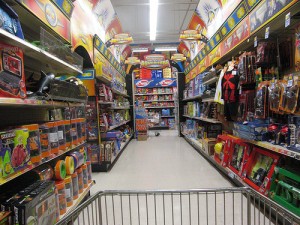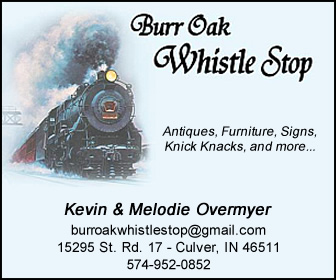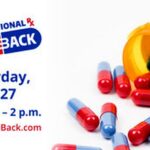 12/17/10 Toys are a fun part of every child’s life and an essential ingredient to the holiday season. However, some toys and gifts can pose a hazard for children. December is National Toys and Gifts Safety Month and State health officials would like to remind parents to take care when buying toys and gifts for children and adolescents.
12/17/10 Toys are a fun part of every child’s life and an essential ingredient to the holiday season. However, some toys and gifts can pose a hazard for children. December is National Toys and Gifts Safety Month and State health officials would like to remind parents to take care when buying toys and gifts for children and adolescents.
“Buying toys for children can be an exciting time for both parent and child,” said Joan Duwve, M.D., medical director of injury prevention, Indiana State Department of Health. “But it can also be confusing. Choosing toys which are developmentally appropriate and safe for your child will help prevent frustration and injury. Toys intended for older children can prove life-threatening in the hands of a toddler.”
Thanks to an increase in federal regulation, toy-related fatalities and toy recalls have steadily declined since 2008, according to a recent report by the Consumer Product Safety Commission. However, toy-related injuries are on the rise. In 2009, there were an estimated 186,000 emergency room-treated injuries nationwide related to toys with children younger than 15, which is up from 152,000 injuries in 2005.
The Consumer Product Safety Commission has put together four simple tips to consider when purchasing toys for a safe holiday.
- For children under three, toys with small parts can cause choking. To determine whether a toy poses a choking risk, try fitting it through a toilet paper roll. If a toy or part of a toy can fit inside the cylinder, it’s not safe.
- Select toys to suit the age, abilities, skills, and interest level of the intended child.
- For children under eight, avoid toys with sharp edges and electric toys with heating parts.
- Look for labels with age and safety advice, and use these as a starting point when selecting toys for your child.
Safety doesn’t end once the gifts are wrapped and ready to be enjoyed. Keep wrapping and packaging materials away from little hands by immediately discarding once gifts have been opened. When play time has begun, supervise children to make sure they are using their gifts appropriately. Safety gear, including helmets, pads and protective eyewear should be used appropriately when playing with sports-related or riding gifts, such as scooters and bicycles.
“By just playing with your kids, you can teach them how to play safely while having fun,” Dr. Duwve said. “Remember, finding that perfect gift for your child means giving them something that is both fun and safe.”
For more information about toy safety, please visit the United States Consumer Product Safety Commission at http://www.cpsc.gov/cpscpub/pubs/toy_sfy.html.














